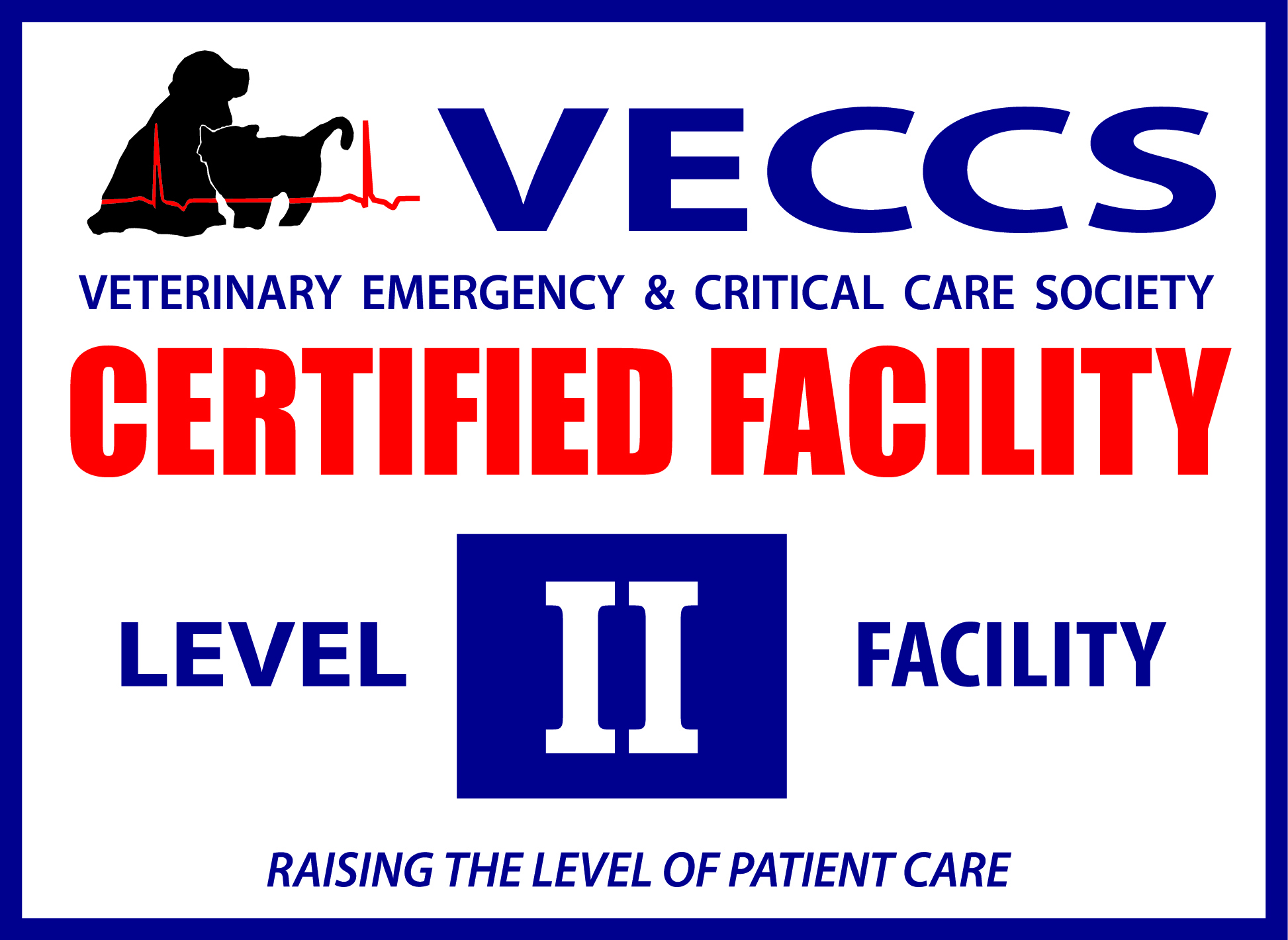Wobbler syndrome is a neurological problem affecting the cervical (neck) spinal cord and has been referred to by various names such as cervical stenotic myelopathy, caudal cervical spondylomyelopathy, and cervical malarticulation/malformation syndrome.
Symptoms
Signs consistent with this disease include neck pain, scuffing nails, stumbling, incoordination (ataxia), difficulty rising, and difficulty walking. Often, signs start in the back legs and progress to involve the front legs. In some instances, dogs are rapidly affected and quickly become unable to walk after seemingly normal exercise or innocuous trauma.
Diagnosis
The cause of wobbler syndrome is not fully understood and likely involves many factors including genetics, nutrition, conformation, and growth rate.
Two distinct categories have been used to highlight differences in certain clinical features. A young dog form sometimes referred to as type I wobbler syndrome, affects Great Danes, Mastiffs, and other giant breeds. These dogs are typically affected early in life (4 – 12 months of age), but may not show signs until later.
A middle-aged form, the so-called “disk-associated” or type II wobbler syndrome, affects large breeds such as the Doberman Pinscher and Bernese Mountain Dog. Typically dogs develop signs in early to mid-adulthood (4 – 9 years) but occasionally will have signs earlier.
Diagnosis is based on clinical features and diagnostic imaging such as magnetic resonance imaging (MRI) and computed tomography (CT).
Treatment
There is currently not a consensus among veterinarians regarding the optimal treatment for dogs with wobbler syndrome.
Generally, treatment goals include controlling pain, reducing inflammation, and alleviating spinal cord and nerve compression. For mildly affected dogs and dogs unable to undergo surgery, medical treatment is instituted. This may include pain medication, reduced activity, and anti-inflammatory medication.
Dogs with more severe signs or that have signs unresponsive to medical therapy are surgical candidates. Surgical goals include spinal cord and nerve root decompression and, in some cases, distraction and fusion (“spinal fusion”) of the affected vertebrae. Depending on the details of a case, various types of stabilization methods may be utilized.
Postoperative Care
In some situations, titanium implants are used to allow for post-operative MRI follow-up precluded by traditional stainless steel material.
Cases are evaluated on an individual basis to determine an appropriate treatment plan. Prognosis is highly dependent on the severity of clinical signs, the degree of spinal cord compression, and chronicity (length of time since disease onset).
Most Frequently Affected Breeds
- Great Dane
- Mastiff
- St. Bernard
- Weimaraner
- Doberman pinscher
- German Shepherd dog
- Dalmatian



